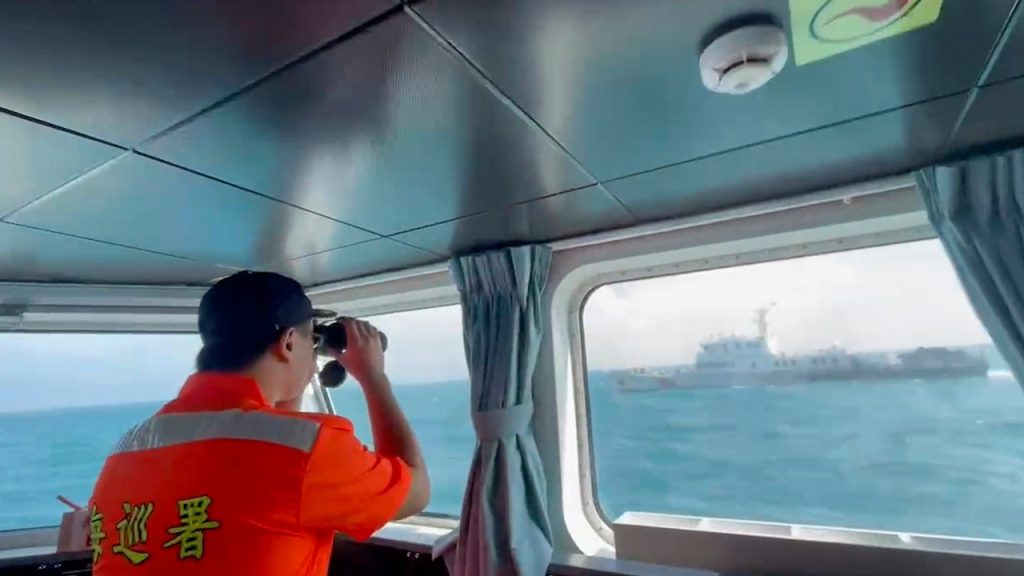China conducted a large military exercise around Taiwan, sending a record-breaking number of 125 military aircraft into Taiwanese airspace. This action was seen as a warning against Taiwan seeking independence from China. The Taiwanese Ministry of National Defense reported that 90 of the aircraft were spotted within Taiwan’s air defense identification zone. The drills came shortly after Taiwan celebrated its National Day, with President Lai Ching-te declaring Taiwan’s resistance to any attempts at annexation or encroachment by China. The Chinese military operation was in response to Taiwan’s refusal to acknowledge itself as part of the People’s Republic of China under the Communist Party’s rule.
The United States expressed serious concern over the Chinese military drills in the Taiwan Strait and around Taiwan. State Department Spokesperson Matthew Miller urged China to show restraint and avoid actions that could escalate tensions in the region. The U.S. continues to monitor the situation and coordinate with allies to address shared concerns over China’s aggressive actions. Chinese Foreign Ministry spokesperson Mao Ning criticized Taiwanese independence attempts, stating that they are incompatible with peace in the Taiwan Strait and the reunification of Taiwan with China is inevitable.
China’s military drills included the deployment of its Liaoning aircraft carrier and various other military assets. The operation involved the navy, army, air force, and missile corps in an integrated effort. Taiwan responded by deploying warships and mobile missile and radar groups to monitor the Chinese vessels at sea. Taiwan’s security council reaffirmed its commitment to dealing with the threat from China appropriately and emphasized the importance of resolving disputes through peaceful means as outlined in the United Nations Charter.
The Chinese military exercises were part of a larger effort to deter Taiwan from seeking independence and to assert China’s sovereignty over the region. China’s Defense Ministry did not specify how long the drills would last, but they were a significant show of force in response to recent Taiwanese statements challenging China’s authority. The drills included the takeoff of fighter jets from the carrier Liaoning, although the carrier’s exact location remained undisclosed. The mobilization of military assets on both sides raised concerns about the potential for further escalation and the need for international coordination to maintain peace and stability in the region.
The increasing aggression from China towards Taiwan has raised tensions in the region, with both sides taking military actions to assert their respective claims. Taiwan’s commitment to resisting annexation and encroachment by China has led to a strengthened military presence in response to China’s shows of force. The international community, including the United States, has called for restraint and peaceful resolution of disputes to prevent further escalation of conflict. The ongoing conflict reflects the complex geopolitical dynamics in the region and the fragile balance of power between China, Taiwan, and other stakeholders.
In conclusion, China’s military exercises around Taiwan serve as a clear warning against any moves towards independence by Taiwan. The increased military presence in the region has raised concerns about potential escalation and the need for diplomatic efforts to maintain peace and stability. Both Taiwan and China are asserting their territorial claims, creating a delicate situation that requires careful management to avoid conflict. The international community, led by the United States, has called for restraint and adherence to peaceful resolutions to prevent further escalation. The ongoing tensions highlight the challenges of navigating complex geopolitical realities in the Asia-Pacific region.


